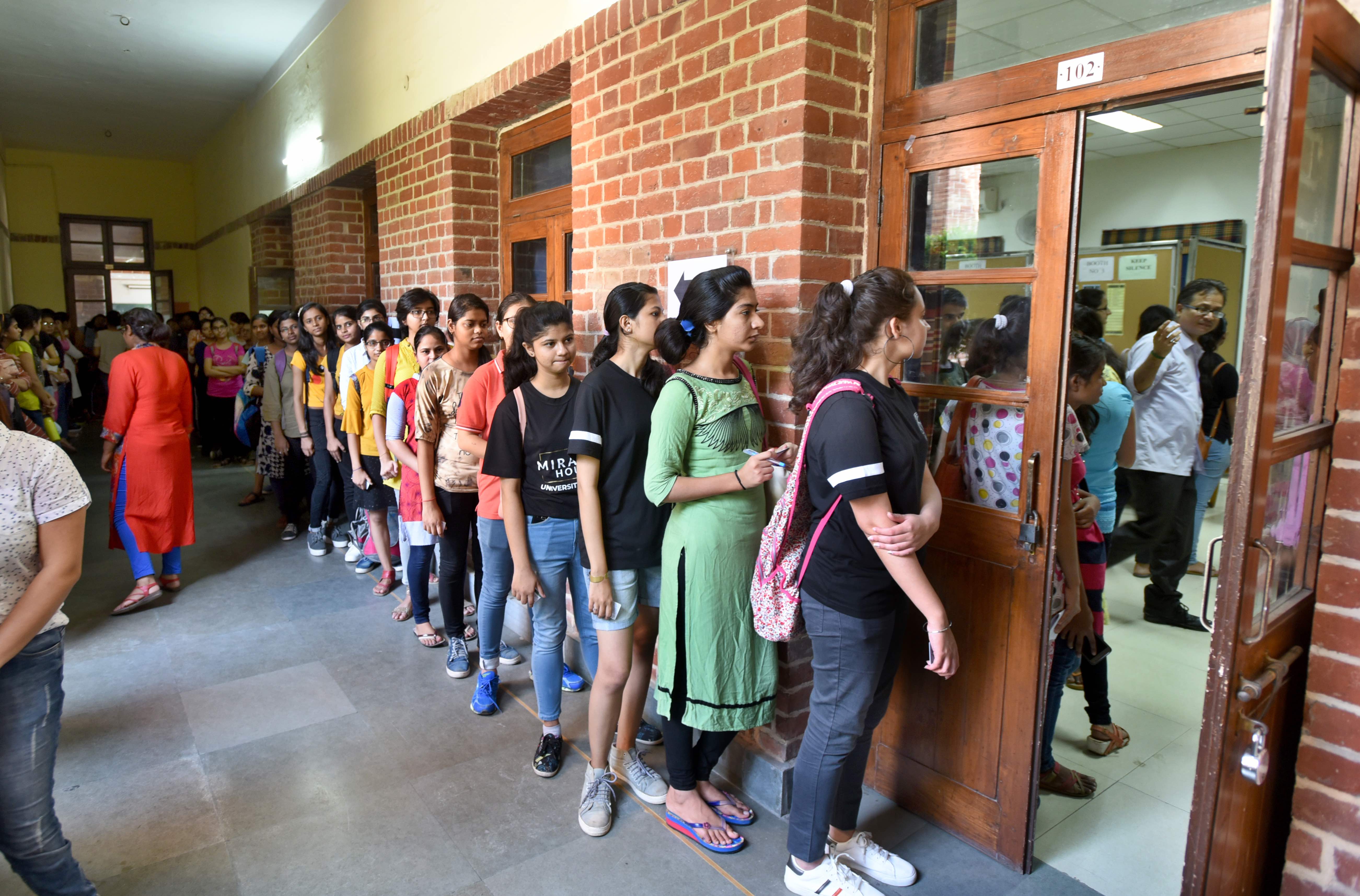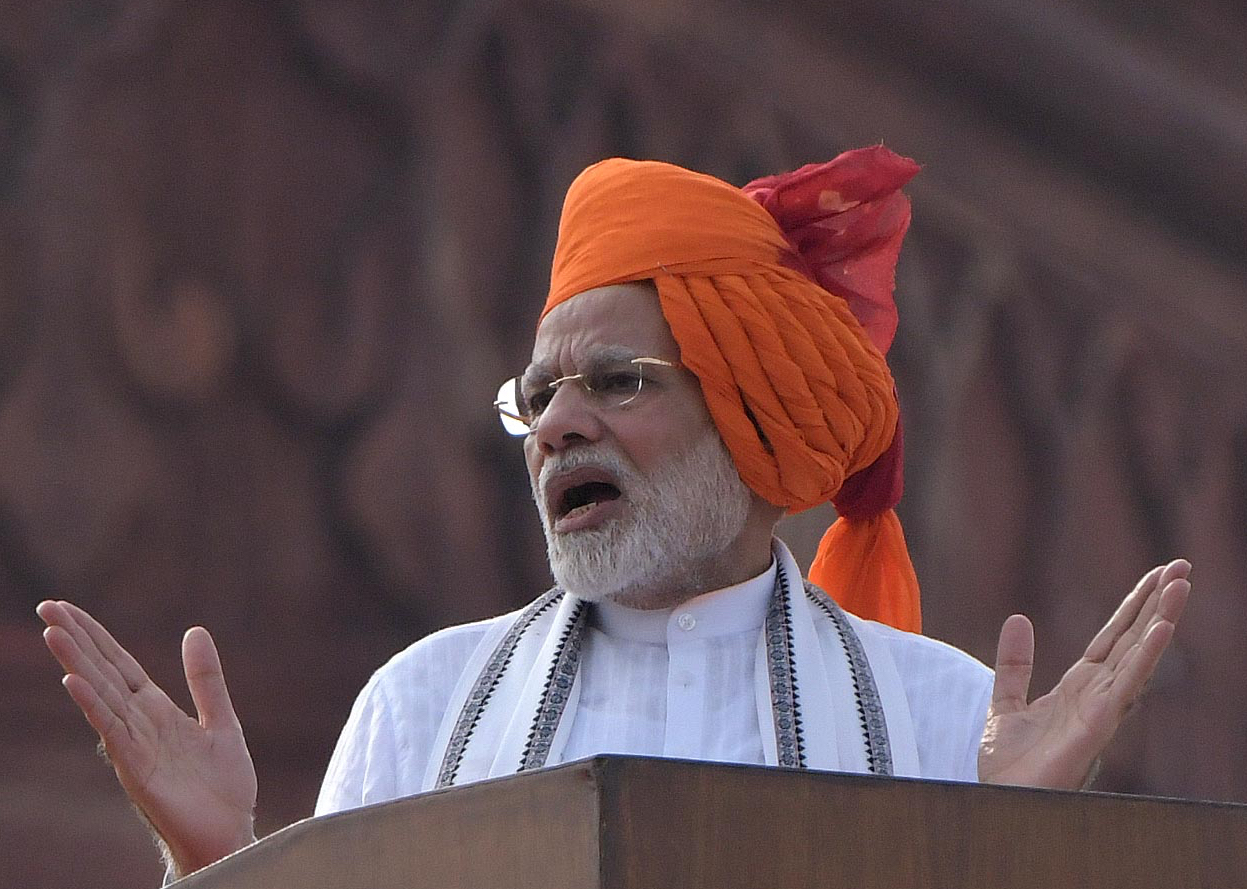
Politics & Society
History repeating: Losing citizenship in India

With close to 900 million voters registered for India’s general election in May, the mechanics of the country’s democracy are immense and well-organised
Published 1 November 2018
Big chunks of the world move into election mode from November. But in thinking about elections, put aside the American midterms this month. Forget Fiji this month too.
And forget the Indonesians in April, the Australians by next May and the Canadians by October, because none of them will be bigger – and few better conducted – than the elections in India that will happen between now and May.

May is when India’s general elections are due, and Prime Minister Narendra Modi’s Bharatiya Janata Party (BJP) – which won a surprisingly decisive victory in 2014 – will seek re-election. There are close to 900 million voters enrolled for that event, and at least two-thirds of them are expected to cast ballots, even though voting is not compulsory.
Before then, however, there are elections due in five states of the Indian federation, two of them with electorates of more than 45 million people.
All this voting will be handled by the Election Commission of India, one of the few institutions in India that maintains a reputation for efficiency, toughness and rectitude.

Politics & Society
History repeating: Losing citizenship in India
At one level, you could say that India’s electoral system is simple.
Representatives are elected from territorial constituencies on the ‘First Past the Post’ principle – get one more vote than anyone else and you win. Nothing fancy like Australia’s preferential voting or New Zealand’s ‘mixed member proportional’.
But there’s no gerrymandering.
An independent commission determines boundaries of constituencies based on the decennial censuses. Each of India’s 29 states and seven union territories is allocated seats in proportion to the state’s population. The vast northern state of Uttar Pradesh with a population of more than 200 million gets 80 of the 543 seats in the national lower house (the Lok Sabha) – about 15 per cent of the seats for about 15 per cent of India’s population.
It is not citizens’ job to get themselves onto the election roll. Both the government and the Election Commission have a duty to ensure that every adult citizen is on the roll and make citizens aware of how and where to vote.
“The Commission firmly believes,” a recent instruction read, “that pure and updated electoral rolls are the foundation of free, fair and credible election and intensive and sustained focus is laid on improving their quality, health and fidelity.”

The aim is “to ensure that all eligible but un-enrolled citizens in the States are duly registered in the Electoral Rolls”.
Polling stations are brought close to people’s residences. In the elections in the state of Madhya Pradesh (population 70 million) in November, there will be 50 million eligible voters and 65,000 polling stations, roughly a polling station for every 800 voters. The same sort of ratio is maintained for national elections.
Because of the vast organisation this entails, national elections are staggered over a number of weeks. In the general elections of 2014, voting was held in nine stages over five weeks. No counting is done until the whole process is complete, but results are known within five or six hours once the count begins.

Politics & Society
The problem with being young in India
Electronic Voting Machines (EVMs) make quick tallying possible. EVMs do not provide ‘computer voting’ in the sense of pushing a button and having the result recorded on a central computer in another place.
Rather, each polling station has a simple stand-alone terminal, designed in India and constantly improved on, which records the votes of that polling station alone. There will be 1.4 million of them deployed for the national elections next year.
When polling day ends, the EVMs for that constituency are sealed and consolidated at a counting centre. When voting is completed nationwide, the results are tallied simultaneously and quickly around the country.
EVMs have been used for all three national elections since 2004 and for dozens of state elections. There have been claims that the machines can be doctored, but no one has shown how, in spite of Election Commission invitations.
The Commission has coyly pointed out that yes, it is feasible that the machines could be manipulated, but it would take a vast conspiracy and a great many screw-driver-wielding, skilful people to contaminate enough of 1.4 million boxes to swing an election.

This year for the first time every EVM will be linked to a VVPAT – a Voter Verifiable Paper Audit Trail machine.
The machine generates a printed slip showing voters their recorded vote, similar to the way an ATM generates a receipt. The voter sees the slip behind a perspex panel before it drops into a secure box. The process allows a tally of paper slips against the electronic record in case of disputes.
Every constituency, state and national, will also have one candidate who is the same. That’s good old NOTA – None of the Above.

Environment
India builds for future with climate plan
Because so many candidates are perceived as scoundrels, the Supreme Court has decreed that voters be given the NOTA option. NOTA has been on ballots now for only one general election and has yet to scoop a majority of votes.
And it’s a bit uncertain what happens when s/he does. At the moment, the hope is that shame and recourse to the courts would lead to a second election in that constituency with all the former candidates disqualified.
This wondrous election machinery sails into action from 12 November with the first stage of two-stage voting in the state election of Chhattisgarh (population 25 million). Chhattisgarh is a rugged, landlocked strip running down the eastern flank of central India.
Nearly a third of its seats are reserved for Scheduled Tribes, people often living in remote locations. It is also the state where Maoist insurgents have established footholds, and voting is in two stages to allow para-military forces to move into positions to protect polling booths.
The powers of the Chief Election Commissioner and his two fellow Commissioners are extensive once polling dates have been set. They can block governments from transferring officers, from announcing voter-pleasing handouts and from indulging in anything that looks like electoral hanky-panky.

Their task, however, is immense, since billions of dollars will be spent, one way or another, on the national elections and very substantial sums in state elections. Intimidation and bribery will still go on, and big money will beat policy and virtue most of the time – in spite of NOTA.
But the mechanics of democracy – of getting citizens enrolled, telling them how to cast their vote, ensuring that they can vote and assuring them that their votes will be honestly tabulated – will be handled in a way that provides an example to the world.
And for 900 million potential voters.
This article first appeared on Election Watch and is the first in the Indian Election Series – a partnership between the Australia India Institute and the Melbourne School of Government’s Election Watch project.
Banner: Getty Images